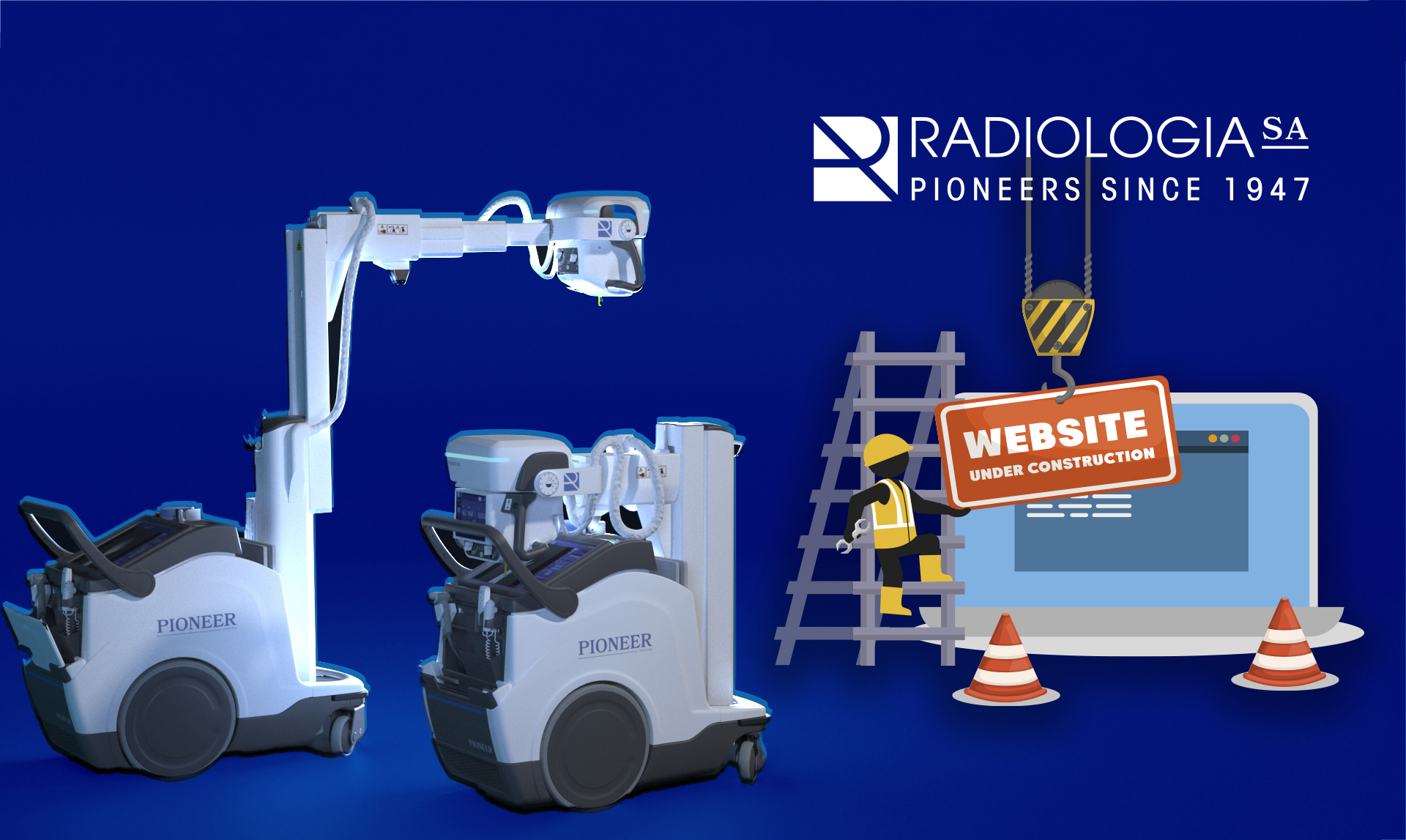EN MANTENIMIENTO
Lo sentimos, estamos realizando trabajos de mantenimiento en la página.
Tan pronto como terminemos, volverá a estar disponible.
¡Disculpe las molestias!
Lo sentimos, estamos realizando trabajos de mantenimiento en la página.
Tan pronto como terminemos, volverá a estar disponible.
¡Disculpe las molestias!
